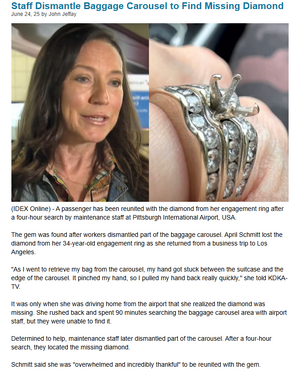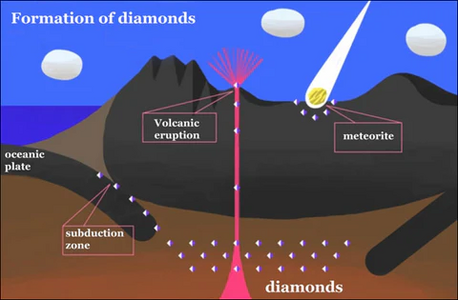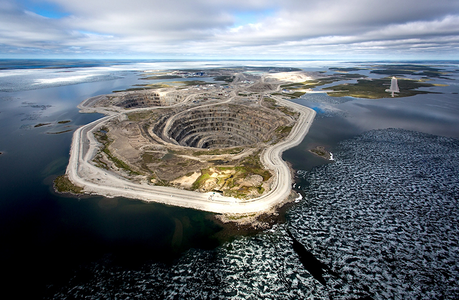Sunrises Sunsets
Brilliant_Rock
- Joined
- Dec 14, 2021
- Messages
- 544
Beauty AND price (switching your caps). Re: the aforementioned L, if you found me a larger whiter better performing Asscher at 5% of the price I paid, I would not replace mine. (Might take you 20 min. - it's an Asscher and not a branded one.) This is the mind-set of many of the posters here. We are illogical, we love our unique diamonds because the earth made them, and it's no use trying to convince us to move to labs or replace them with labs. And yet some of us own both!
Why argue with crazy people?
I haven't felt any pressure here to sell my earth diamonds and replace them with lab diamonds. I have noticed the insinuations that my diamonds are more desirable because I paid more and were mined from the earth. That annoys me, I'm not into diamonds because I need status or superiority. I, like you, enjoy diamonds for what they are, pretty. I hope everyone enjoys their diamonds, however created, for the same reason.








300x240.png)